All products featured are independently chosen by us. However, SoundGuys may receive a commission on orders placed through its retail links. See our ethics statement.
Apple HomePod mini (2nd generation) rumors: All eyes on Q3 2025
July 4, 2025
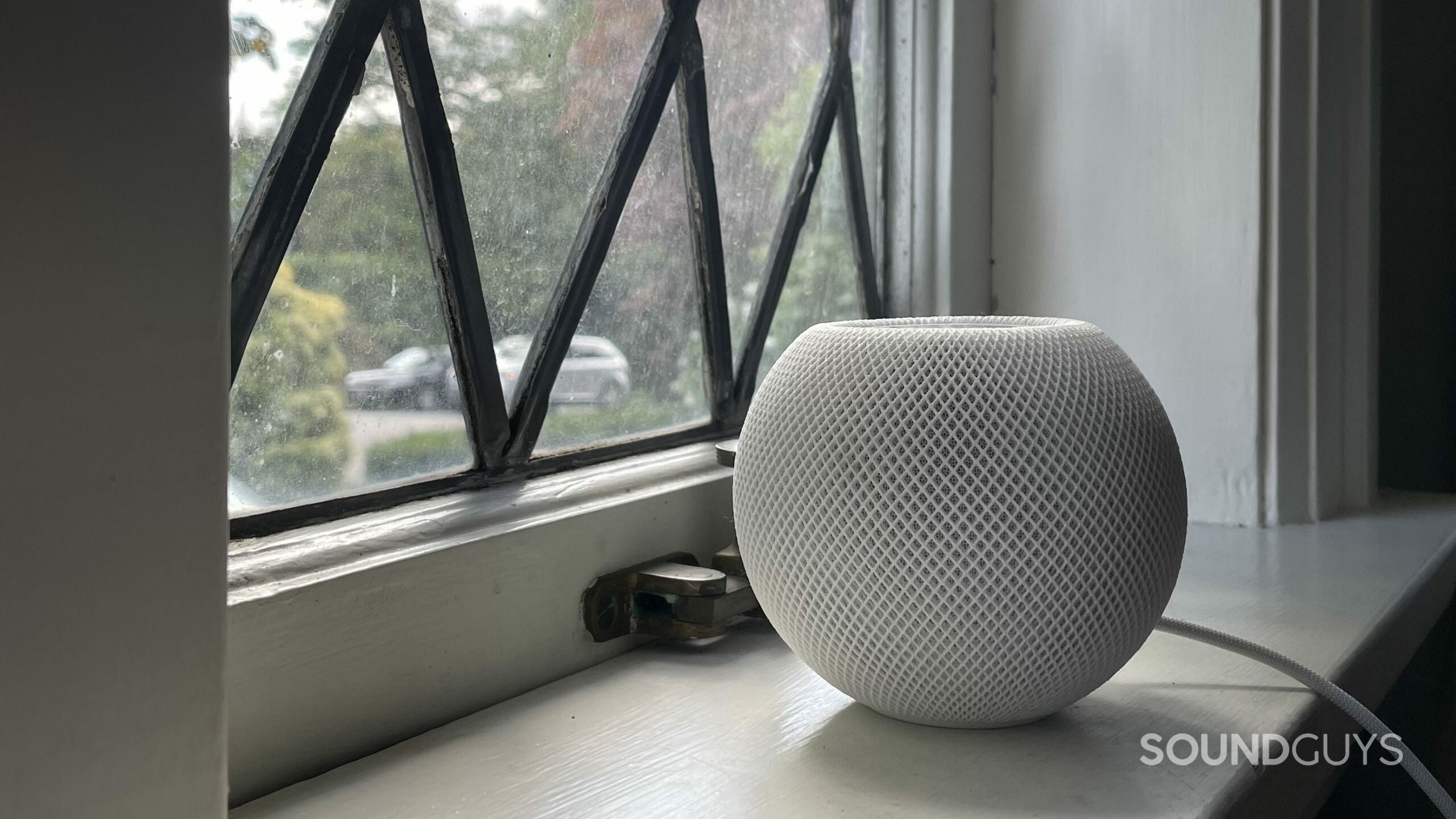
Apple HomePod mini (2nd generation): At a glance
- When is it coming out?: The Apple HomePod mini (2nd generation) is widely expected to launch before the iPhone 17 in Q3 of 2025. This is backed up by trusted industry analysts Ming-Chi Kuo and Bloomberg's Mark Gurman.
- What's new?: Rumors suggest the HomePod mini 2 will use Apple's new Wi-Fi and Bluetooth chip to support Wi-Fi 6E. This will extend the capabilities of Wi-Fi 6 to 6 GHz with a compatible router, delivering faster Wi-Fi transfer speeds and improved Siri assistant. We may also see Apple's new S10 chip, better sound quality, new colorways, and a lower-latency Handoff feature.
- How much will it cost? Like its predecessor, the Apple HomePod mini 2 will likely launch alongside a more premium and expensive HomePod (3rd generation). Consequently, the HomePod mini (2nd generation) should cost roughly $99 at launch.
The AirPods Pro (2nd generation) are undoubtedly one of Apple’s most popular products. In addition to releasing blockbuster earbuds, Apple tentatively dips its toes into the competitive waters of smart home electronics. Unfortunately, the company’s original HomePod speaker received a mixed reception at launch. While the 2023 second-generation HomePod left buyers with a much better impression, it was the HomePod mini that showed potential in Apple’s Siri-powered speakers. This brought surprisingly good sound quality, excellent iPhone integration, and a cheaper price tag than its older sibling. With the rumor mill finally bearing fruit, fans are understandably excited about the Apple HomePod mini (2nd generation).
Apple has remained tight-lipped about its next-gen smart home speaker. However, trusted industry analysts predict a feature-rich upgrade is headed our way in 2025. Here is all the information and rumors we have acquired regarding the Apple HomePod mini (2nd generation).
Will there be an Apple HomePod mini (2nd generation)?
The Apple HomePod mini (2nd generation) will almost certainly launch. This follows years of speculation among industry insiders. For example, trusted analyst Ming-Chi Kup posted to X on February 3, 2023, that mass shipments would begin in the second half of 2024.
However, in his January 2025 Power On Newsletter, Bloomberg’s Mark Gurman noted that Apple aims to launch the new HomePod mini “toward the end of the year”. This likely aligns with reports that Apple’s new smart home hub has suffered setbacks due to delays in implementing a new version of Siri. Mark Gurman’s recent Power On Newsletter noted that “Because the device, to an extent, relies on the delayed Siri capabilities, it has been postponed”.
What is the most likely Apple HomePod mini (2nd generation) release date?
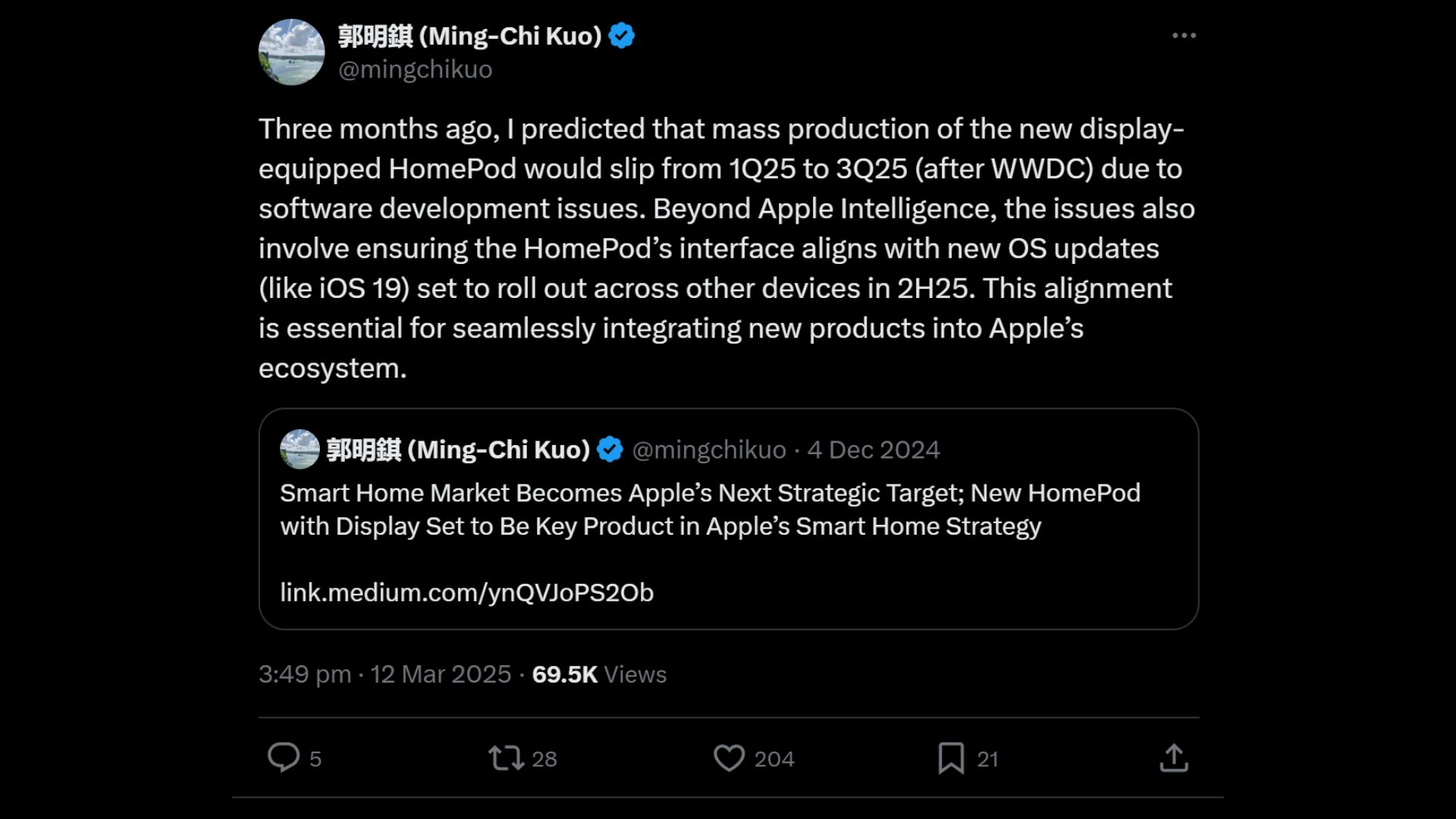
- Apple HomePod — February 9, 2018
- Apple HomePod mini — November 16, 2020
- Apple HomePod (2nd generation) — February 23, 2023
There has been no official confirmation from Apple regarding when the HomePod mini (2nd generation) will come to market. Apple has also taken to announcing its home speakers roughly three weeks in advance of official release dates. Consequently, we will likely receive information after the iPhone 17 launch in September 2025.
This is supported by reports from Ming-Chi Kuo on March 12, 2025, stating the Apple HomePod mini 2 is expected to launch in Q3 of 2025. This aligns with Apple’s previous release schedule for its HomePod speakers. For example, the HomePod mini came to shelves two years and nine months after the original HomePod on November 16, 2020. The updated HomePod (2nd generation) was launched two years and three months later on February 23, 2023. Taking the average time between each release, we should expect the HomePod mini (2nd generation) to launch in August 2025. However, a Q3 release date looks likely given rumors of Siri-related delays.
What features and specs could the Apple HomePod mini (2nd generation) have?
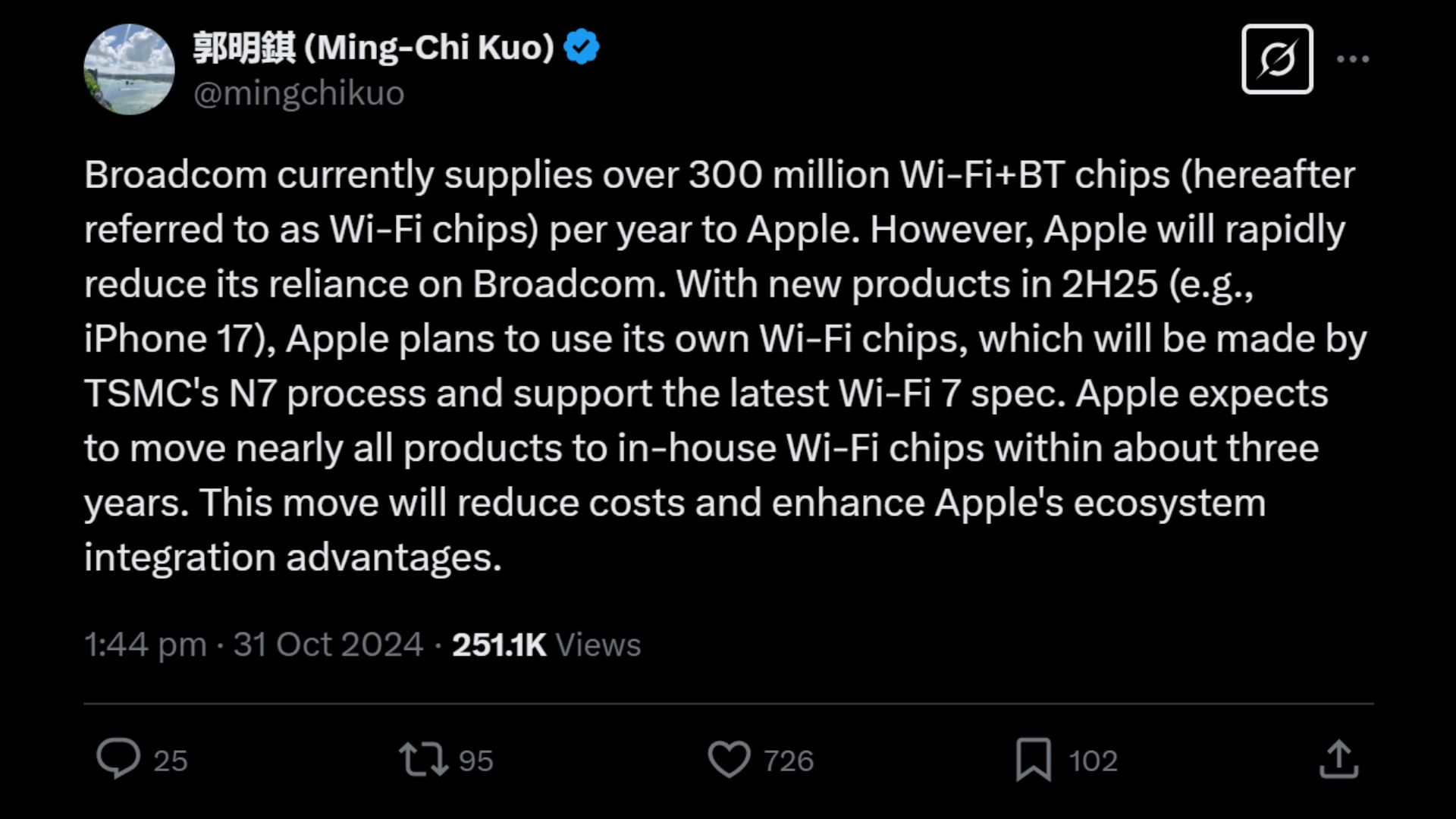
I expect the Apple HomePod mini (2nd generation) will share many of the same features as its predecessor. However, some rumors point to tangible and exciting upgrades.
Design
The HomePod mini 2 will likely retain the same softball-sized form factor as its predecessor and wear a mesh fabric exterior. We can also expect a touchpad atop the speaker and a flat base plate as before. Synonymous with Apple products, the speaker will likely ship in Black and White, although future updates may bring more interesting options. If so, we could eventually see orange, yellow, and blue colorways.
Given Apple’s HomePods are stationary speakers, I don’t expect the company’s next-gen mini speaker to adorn an IP rating. However, it should be able to resist a relative humidity of 5-90% non-condensing. Likewise, the HomePod mini 2 should include a USB-C port, given all of Apple’s products are moving towards USB-C charging. The speaker should also house four microphones for voice detection, and the touchpad will suit those who prefer manual controls. These will likely include commands for song skipping, volume up/down, and the Siri voice assistant.
Software features
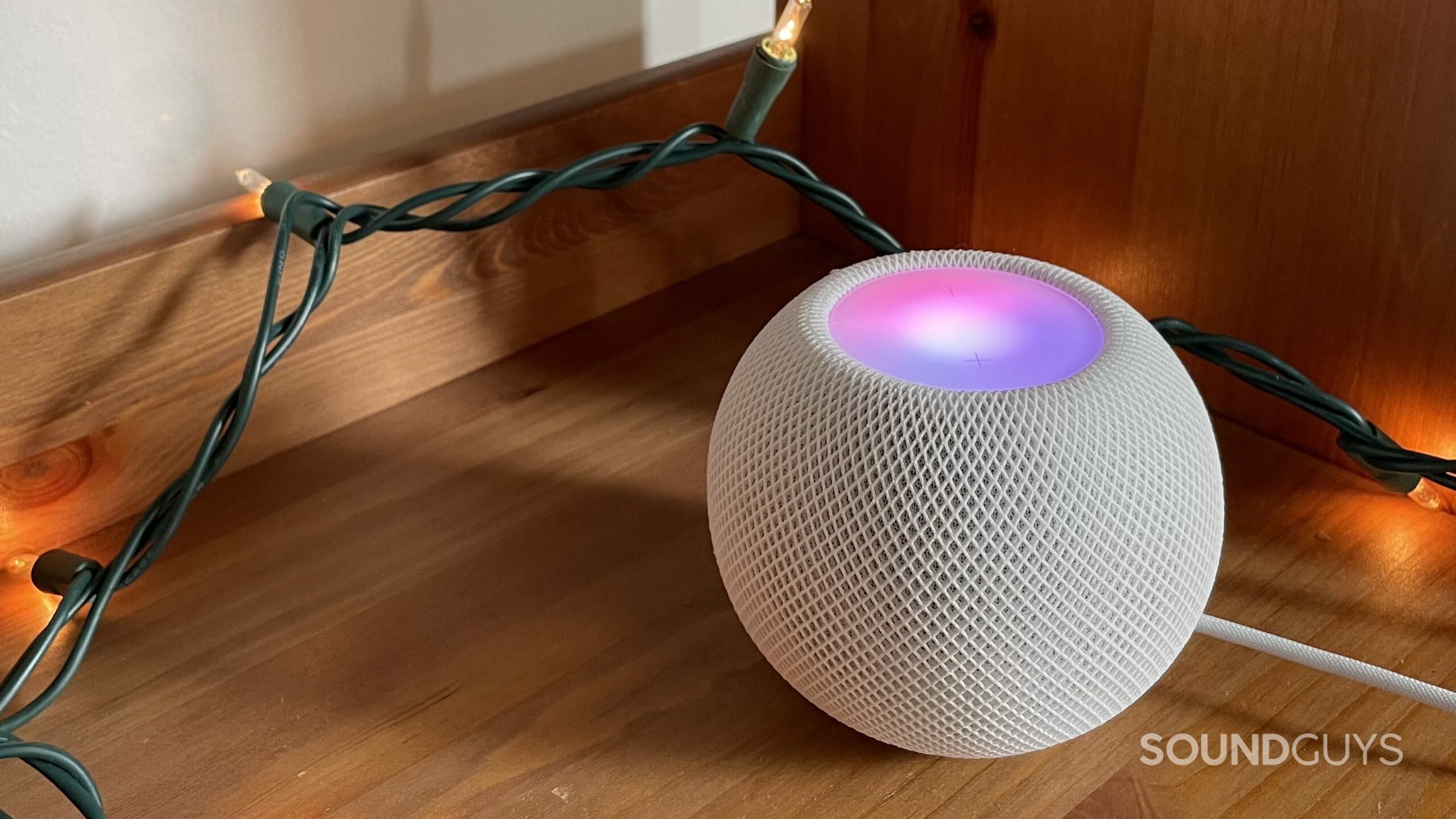
Mark Gurman’s January Power On Newsletter highlights that Apple is developing a new combined Wi-Fi and Bluetooth chip. This is corroborated by Ming-Chi Kuo’s X post on October 31, 2024, which states “Apple plans to use its own Wi-Fi chips, which will be made by TSMC’s N7 process and support the latest Wi-Fi 7 spec.” If this comes to pass, the Apple HomePod mini (2nd generation) could enjoy faster Wi-Fi transfer speeds and improved Siri assistant features.
The current HomePod mini uses the Apple Watch Series 5’s S5 chip. However, Apple’s Watch Series 10 launched on September 20, 2024, with the company’s latest S10 chip. If the company follows its previous trend, we could also see the new HomePod mini 2 run an S10 chip. This could deliver more powerful processing, cross-device dictation services, and more accurate temperature and humidity sensors. Notably, though, Mark Gurman does not expect the HomePod to offer Apple Intelligence. This is reportedly because HomePod’s one gigabyte of memory is insufficient for Apple Intelligence’s minimum eight-gigabyte requirement.
How much might the Apple HomePod mini (2nd generation) cost?
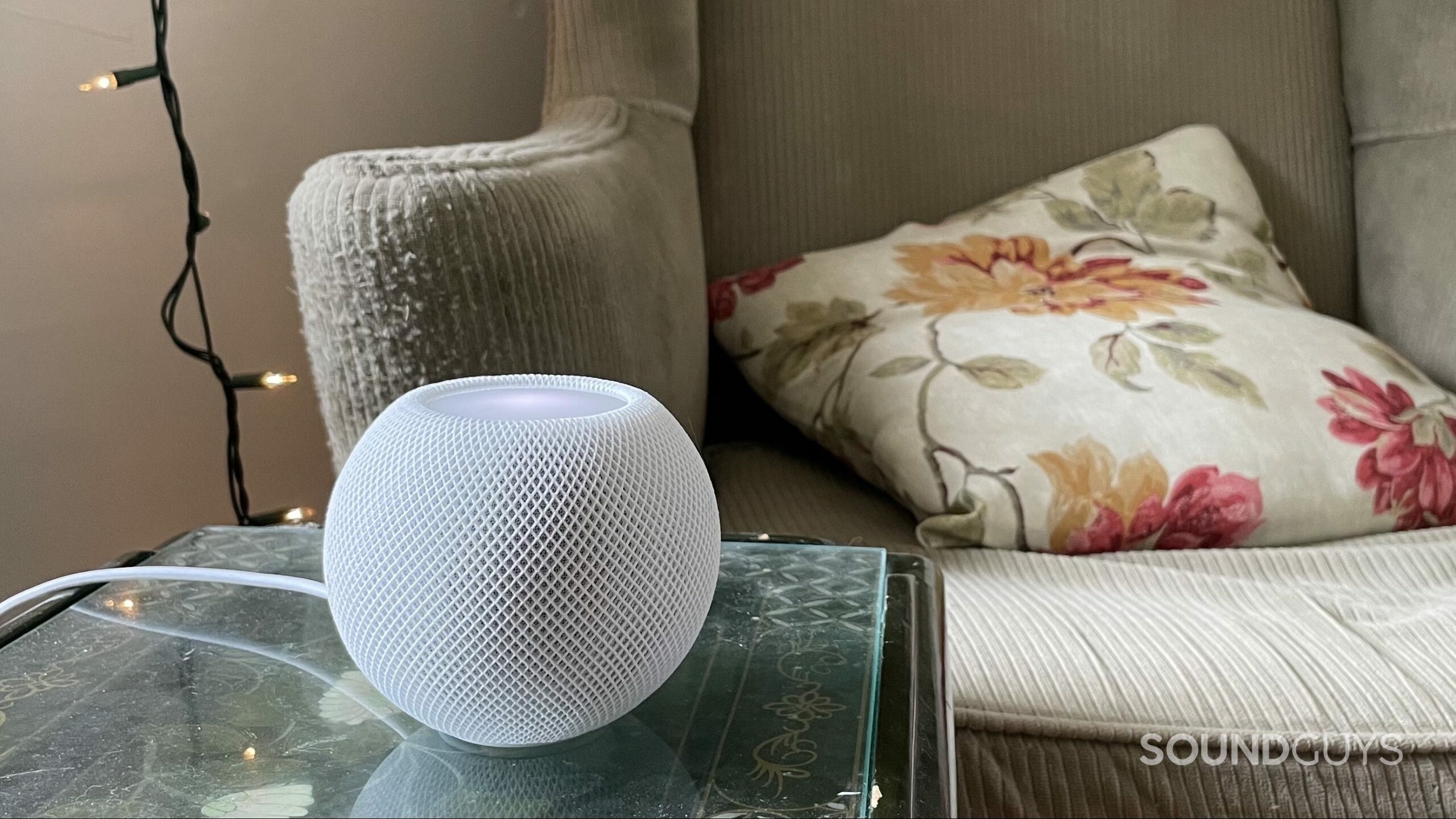
- Apple HomePod — $349 ($299 from April 4, 2019)
- Apple HomePod mini — $99
- Apple HomePod (2nd generation) — $299
Apple has retained a two-tier price point for its premium and mini-series HomePod speakers. For example, the original HomePod launched for $349 but was later reduced to $299 on April 4, 2019. The updated HomePod (2nd generation) came to market at the same price of $299 on February 23, 2023. If the company keeps this trend, it is reasonable to expect the Apple HomePod mini (2nd generation) to cost $99 at launch.
Apple HomePod mini (2nd generation): What we want to see
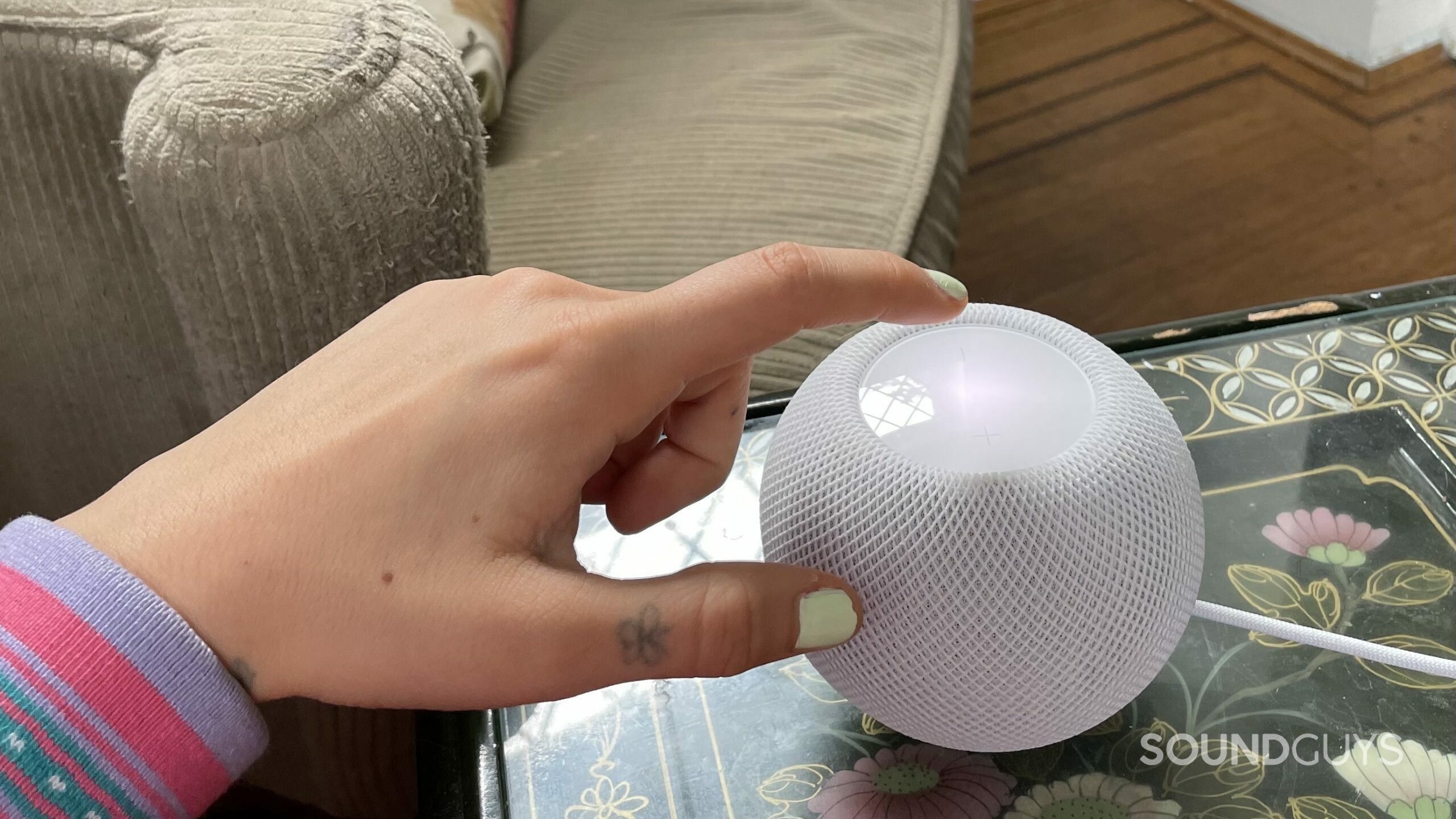
While there are some exciting rumors, the HomePod mini (2nd generation) will need key improvements to remain competitive. Here are all the features I want to see in the HomePod mini 2.
Android support
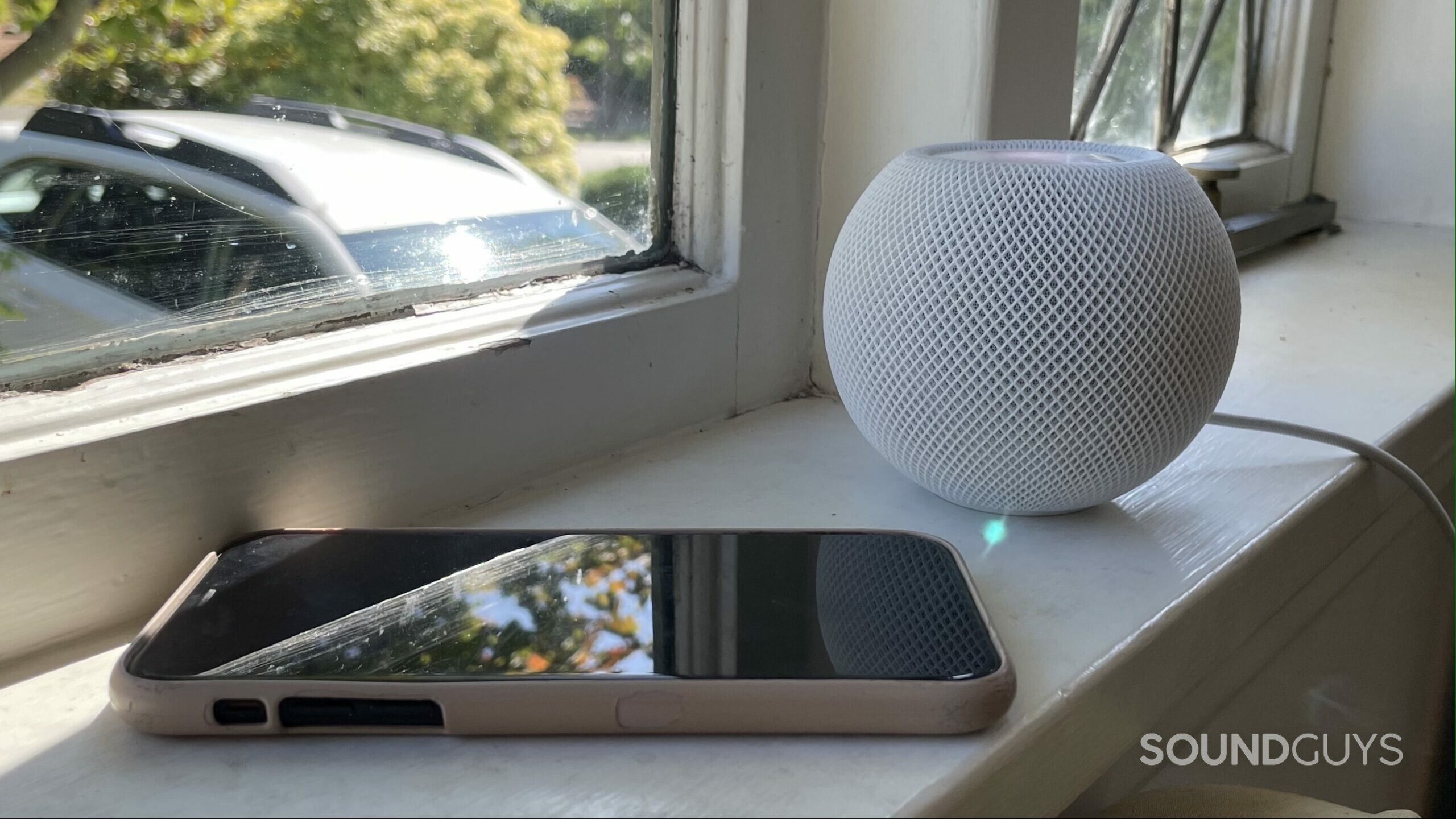
The Apple HomePod (2nd generation) and HomePod mini use Apple AirPlay to stream music from your iPhone. They also come equipped with plenty of iOS-specific features. These include seamless Apple Music integration, the “Hey Siri” voice assistant, and the company’s proprietary Handoff function. Those with multiple Apple devices under the same iCloud account can use peer-to-peer AirPlay. Similarly, owning several HomePod mini devices allows stereo playback and the creation of a multi-room audio system.
However, as is commonplace nowadays, Apple seals many of its features behind a walled garden. The HomePod mini is no exception, working only with iPhones and iPads. The speaker uses Apple’s proprietary AirPlay feature to stream music, leaving Android users out of the loop. The speaker does not support Bluetooth audio and instead connects via 802.11n Wi-Fi. Downloading a third-party app such as AirMusic may provide a workaround. However, this connection method is unreliable and not officially supported by Apple. Also, without the “Hey Siri” voice assistant feature, the speaker is a questionable purchase for Android fans. The Apple HomePod mini (2nd generation) should have a more OS-agnostic feature set to scoop up more fans.
A microphone mute button
Offering our precious personal data in exchange for the latest gadgetry is unavoidable for staying “up to date”. Nevertheless, people continue to have reservations about how companies harvest their information. Apple is acutely aware of this, telling its users that the HomePod mini will only listen after hearing the wake phrase. Gracefully, you can disable Siri by saying “Hey Siri, stop listening.”
However, unlike many other smart speakers, the HomePod mini does not house a microphone mute button. This seems like a misstep, given that it would reassure users that the device is not recording when you don’t want it to. Other rival speakers, like the Google Nest Audio and Amazon Echo Dot (5th Gen), incorporate a microphone mute button. While both speakers undoubtedly collect data when unmuted, it provides a slither of user control and reassurance. The Apple HomePod mini (2nd generation) would do well to follow in the footsteps of its competitors.
Improved Handoff feature
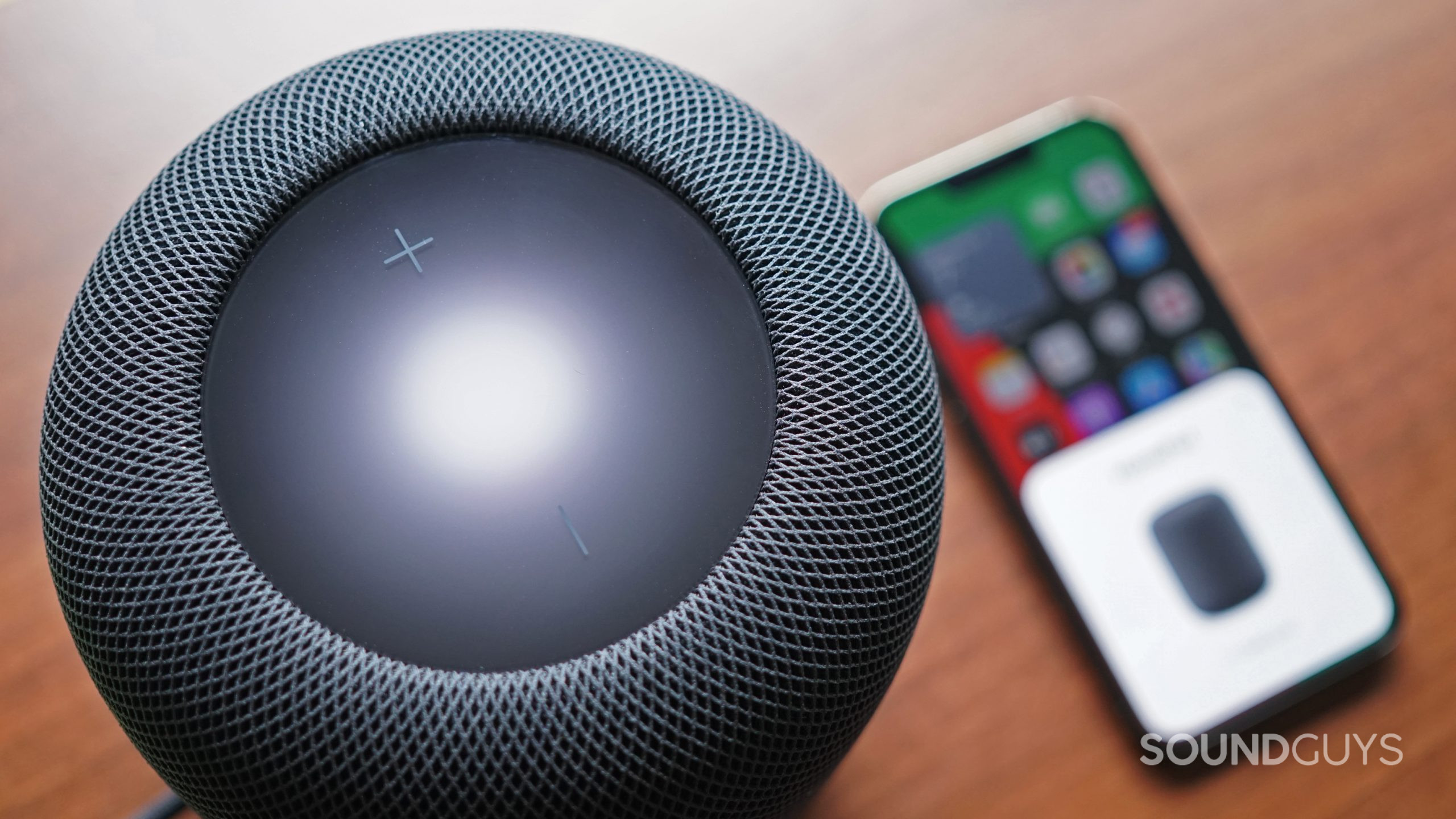
Apple Handoff is a continuity feature that allows users to carry out tasks across multiple iOS devices. For example, you can begin an email on your iPhone and finish it later on your Mac. Apple Handoff is compatible with many iOS-specific applications, including Calendar, Contacts, Pages, and Safari. Users must be logged into iCloud with the same Apple ID on each device for the feature to work.
The Apple HomePod mini uses the company’s Handoff feature to transfer audio when your iPhone or iPad is nearby. However, with a roughly 30cm Bluetooth connectivity range, this feature can be temperamental. For example, suppose your iPhone is close enough for the HomePod mini to recognize it, but far away enough so that it can’t connect. In that case, your phone will vibrate and notify you to move it closer to the speaker for Handoff. This alert can become grating if your speaker is situated in a place you pass frequently. The Apple HomePod mini (2nd generation) would benefit from a more accurate Handoff feature.
Integrated Spotify access
Spotify is one of the most popular music streaming services globally. Users can decide between two tiers; Free Spotify and Spotify Premium. The former provides a more limited and somewhat unpleasant user experience. For example, you can only skip six tracks per hour and specific songs cannot be selected for playback. Your streaming is also frequently and randomly interrupted by deliberately obnoxious adverts persuading you to upgrade to Spotify Premium. Forking out for a monthly subscription does provide a much nicer experience with no adverts, unlimited song skipping, and offline listening.
iPhone and iPad users may stream their favorite songs from Spotify with the Apple HomePod mini. Unfortunately, there is no direct Spotify integration. Instead, users must navigate to the “Devices” page in the Spotify player and select the HomePod mini. This lack of direct Spotify access can cause intermittent switching between Spotify and Apple Music. I hope the Apple HomePod mini (2nd generation) will host direct Spotify integration at launch.
An IP-rated design
Like earbuds, speakers often come equipped with IP ratings to protect them against dust and water damage. The durability of each rating differs, from absolutely no resistance to total dust ingress and protection from water submersion. Most workout buds have at least an IPX4 water-resistant rating to protect against water. Similarly, wireless speakers like the JBL Flip 6 often house an IP67 water and dust-resistant rating. This protects against submersion in up to 1m of water for 30 minutes and is dust-tight.
The Apple HomePod mini is not IP-rated. The mesh fabric coating is easy to stain, and it has no shield against liquids or dust. Okay, smart home speakers are rarely taken outside or exposed to the elements. However, it is impossible to foresee when a cup of coffee might slip from your grasp. When spending nearly $100, users take solace in knowing that their precious tech is safe. I want the Apple HomePod mini (2nd generation) to wear a robust IP rating when it comes to market.
What would you like to see Apple bring to the Apple HomePod mini (2nd generation)?
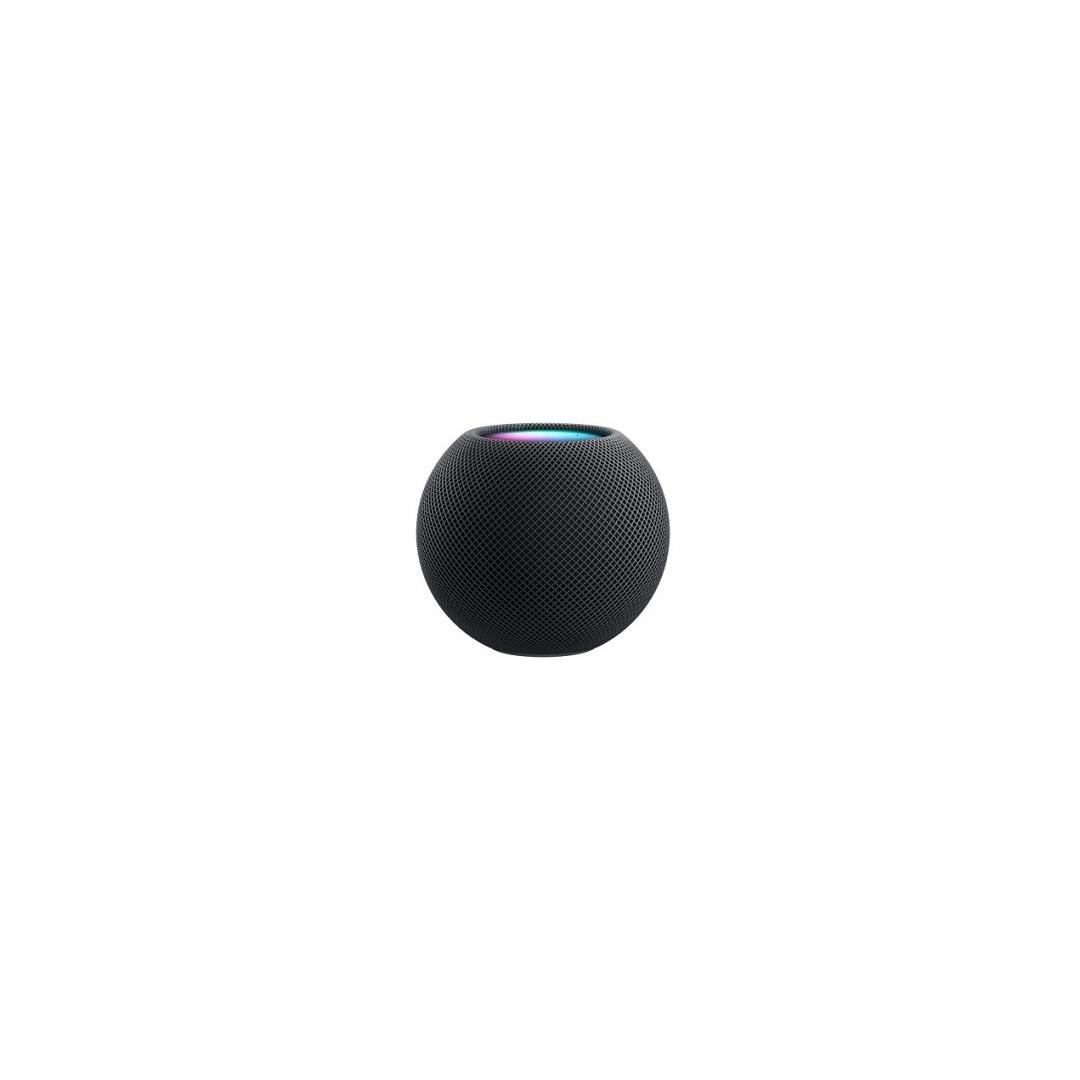
Apple HomePod mini (2nd generation) FAQs
There has been no official confirmation from Apple yet. However, trusted industry insiders such as Mark Gurman and Ming-Chi Kuo predict the HomePod mini (2nd generation) will launch in Q3 of 2025. This could align with the release of the iPhone 17.
The Apple HomePod (2nd generation) is nearly identical to its 2020 predecessor. It costs three times the price of the HomePod mini, has a larger form factor, and supports spatial audio with Dolby Atmos.
The Apple HomePod (2nd generation) is nearly identical to its predecessor, with some mild internal improvements. These include a bassy high-excursion woofer, five tweeters, and an advanced computational audio system that tailors the sound based on where the HomePod sits in your room.
Apple discontinued the original HomePod, not the HomePod mini. This is mostly due to its high price tag, limited functionality, and inferior sales compared to the more successful HomePod mini.